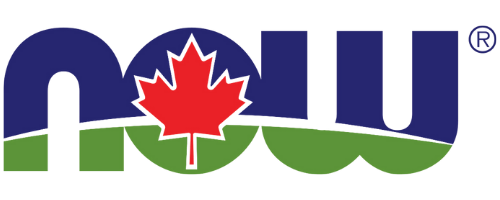Product Preservation
In past centuries, foods were preserved using salt, smoke and vinegar. Modern science however, often uses synthetic compounds, such as butylated hydroxytoluene (BHT), parabens, tertiary butylhydroquinone (TBHQ), and others. At NOW Foods, our goal is to use natural preservatives wherever possible. We have thoroughly researched more natural preservation possibilities, especially those available from plant and citrus extracts, organic acids, organic solvents, and even enzymes.
The use of natural or nature identical preservatives as a single ingredient, or in combination with each other, requires stringent microbiological, chemical, and sensory testing. Ultimately, these measures are taken to ensure that the system(s) in question are capable of adequately preserving the product throughout its designated shelf life. The preservative system is an essential component of each and every product design. It is key in controlling microbial growth and oxidation, which directly influences the product’s safety and organoleptic properties such as aroma, color, texture, and taste.
Eliminating Microorganisms
The most critical aspect of any preservative system is the control of microorganisms. Microorganisms are introduced from users when they put their hand in the jar or against the mouth of the tube. Those microorganisms of greatest concern include pathogens (harmful bacteria), spoilage microorganisms, yeasts, and mold. Each one poses a serious hazard and therefore must be prevented from growing in the finished product.
Pathogens are the greatest concern, as they’re capable of causing intoxification and infection. This makes them a primary focus, despite being less virulent in comparison to yeast and molds. Molds produce mycotoxins and yeasts will spoil the product through various fermentation reactions. In order to control all of the potential microorganisms, NOW often uses an assortment of ingredients to create an environment that is unfavorable to microbes, though perfectly healthy for humans. But regardless of which particular preservative is used, all NOW products are tested to validate the efficacy of the preservative system. Two different tests – the antimicrobial efficiency test (AET) and the shelf life test – are initiated simultaneously and must be completed before a product can be approved for introduction.
The AET Test inoculates a finished product sample using two forms of bacteria (gram negative & gram positive), yeast, and mold at quantifiable concentrations. The sample is placed in an incubator and then tested four different times over the duration of twenty-eight days. Ideally, and in order to pass this test, each microorganism should either die off at predetermined levels, or demonstrate no signs of proliferation.
In similar fashion, Shelf Life Tests are performed using a chamber that has been specifically designed to maintain temperature and humidity levels over the course of three months, in order to accelerate the challenge. Product samples initially tested for baseline measurements are placed in the chamber. The samples are then tested at one-month intervals for microbiological growth, oxidation analysis (acid values), and organoleptically (human sensory evaluation). Upon completion, NOW scientists evaluate the results in order to determine a “pass” or “fail” status based on the compilation of the test results. At this point, the new product can be introduced.
Combating Oxidation
Another important function of the preservative system involves delaying or preventing oxidation, especially in high lipid foods and oils. Several factors contribute to oxidation, including light, temperature, environmental oxygen, metals, and moisture content. The oxidation of lipids occurs in three different phases: initiation, propagation, and termination; the greatest amount occurs during the first two phases. This can be reduced in terms of time by adding natural antioxidants or controlling the environmental oxygen content. Depending on each product’s unique solubility requirements, NOW utilizes several varieties of natural or nature identical antioxidants to combat oxidation. These include Rosemary extract, d-alpha tocopherol, vitamin A palmitate, ascorbic acid, and organic acids.
In addition to the inclusion of anti-oxidation ingredients, further protection can shield the product from environmental oxygen. NOW accomplishes this by using oxygen scavenging packets in finished products, prior to being sealed with heat induction technology. Oxygen scavenging packets are highly versatile in application, and can be used in virtually every NOW dietary supplement package, as needed.
Nitrogen Flush
For some products, NOW uses a nitrogen flush system for preservation. This is especially important for hulled nuts, such as sunflower seeds, walnuts, flax meal, and other lipid-containing bulk items. The system forces nitrogen into the package while the product is being dispensed, causing an oxygen displacement. This ultimately creates an environment that is oxygen-free, or as low as 0.02 percent. The addition of oxygen-scavenging inserts, as well as the use of nitrogen flushing, has significantly improved NOW product quality, prolonging our products’ shelf life.
A Commitment to Product Preservation
Through the implementation of an effective preservative system using the NOW philosophy that “natural is better”, consumers can rest assured that each product has been carefully designed and tested to ensure safety, freshness, and quality. NOW continues to seek out new science and technology that is focused on preserving products naturally.
There is great promise in exploring alternative ways to reduce or eliminate the use of chemical preservatives in fragile natural products, some of which require such assistance to assure that they are safe and have a useful shelf life. This is a landscape with the potential to expand the availability of truly natural products that would otherwise have to be chemically preserved. Our vision is to develop more ways of doing this without the use of synthetic chemicals.



